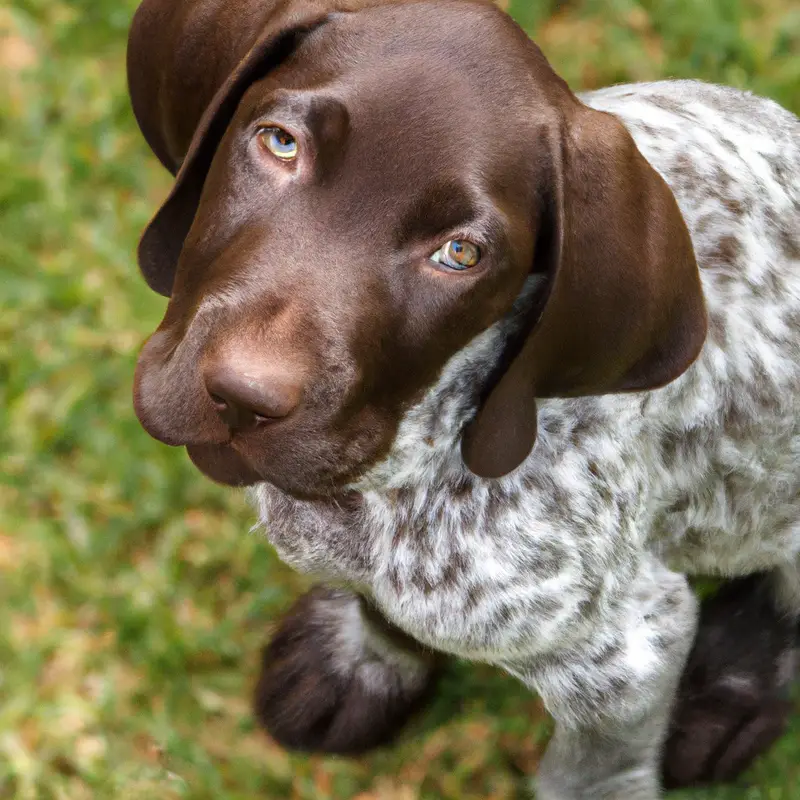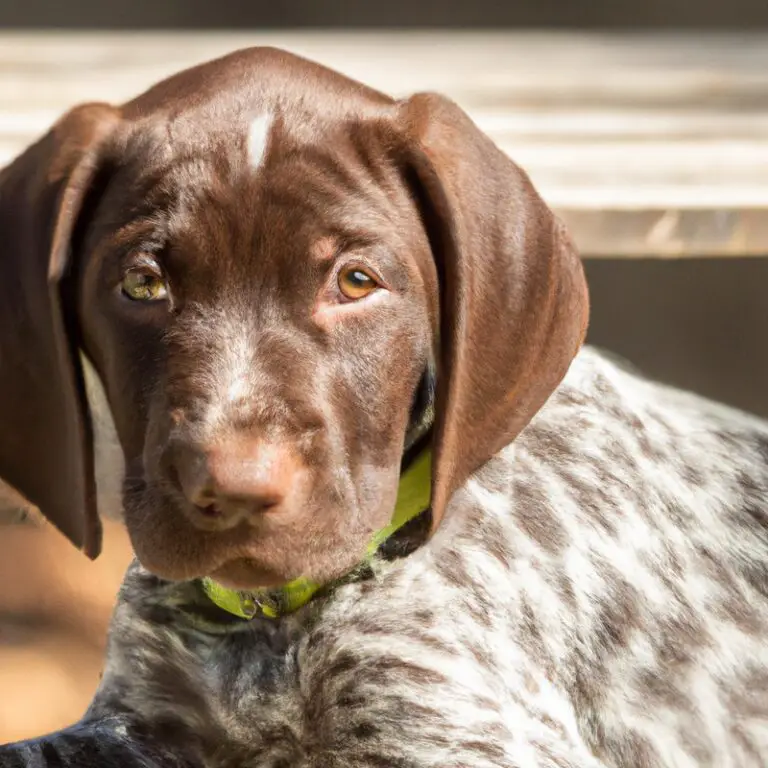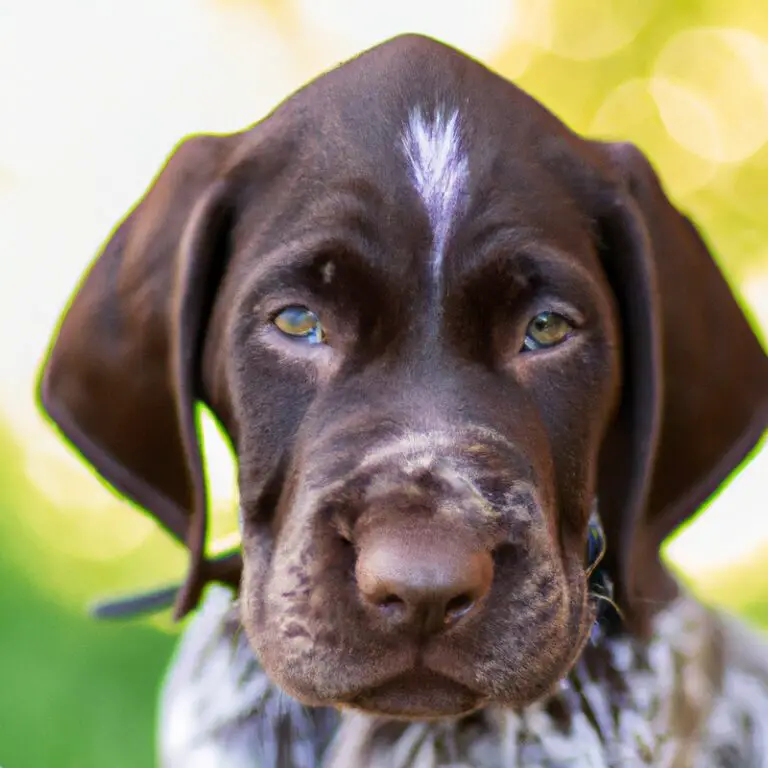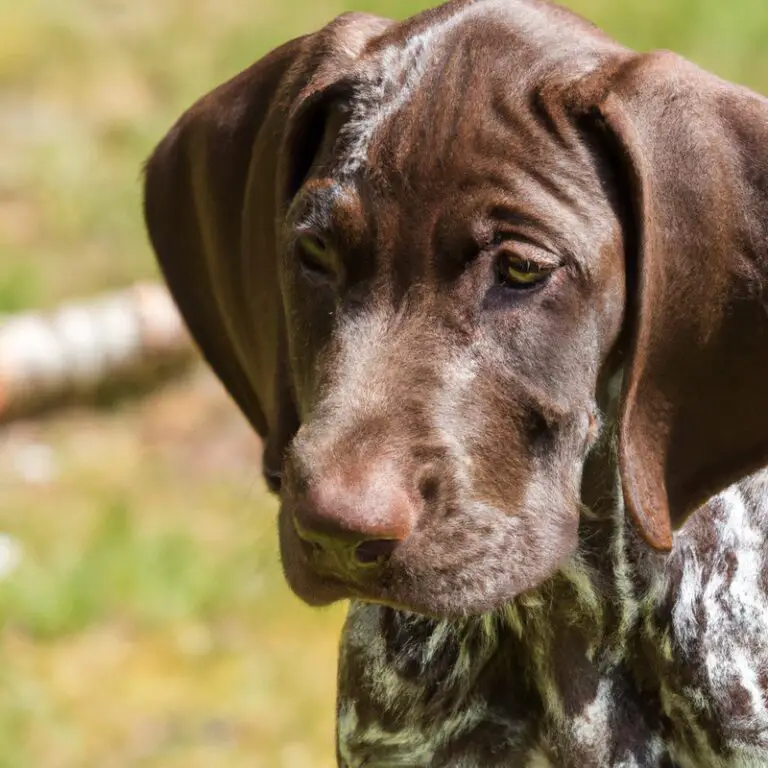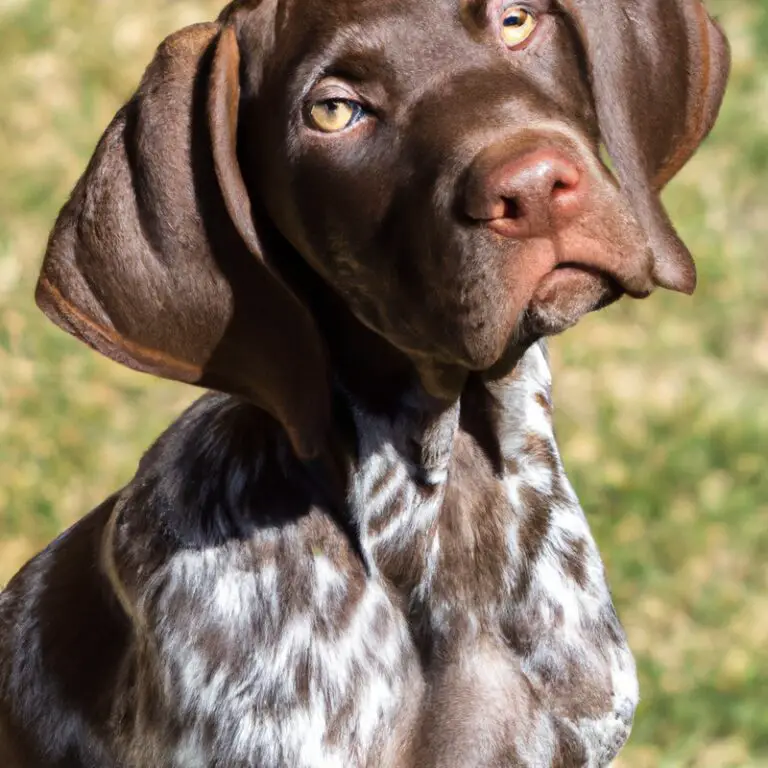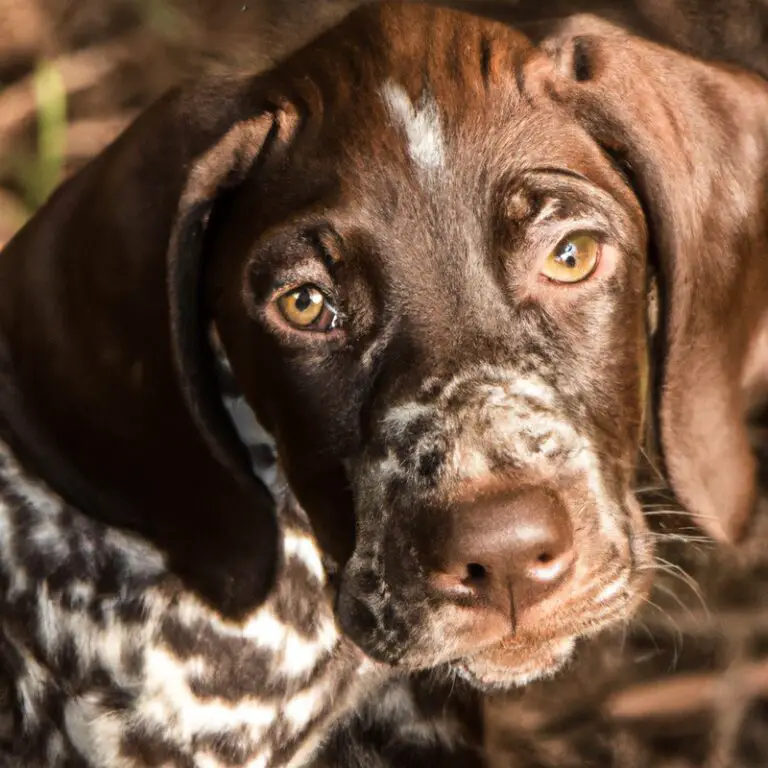Are German Shorthaired Pointers Good With Other Pets Like Ferrets Or Hamsters?
Key Takeaways:
- German Shorthaired Pointers can coexist peacefully with other pets like ferrets or hamsters when properly socialized.
- Early and positive introductions between German Shorthaired Pointers and other pets are crucial for successful cohabitation.
- While their prey instinct may be triggered, German Shorthaired Pointers can be trained to live harmoniously with smaller pets.
- Supervision and careful monitoring are necessary to ensure the safety of both German Shorthaired Pointers and other smaller animals.
Are German Shorthaired Pointers good with other pets like ferrets or hamsters? If you’re considering adding one of these energetic and intelligent dogs to your household, it’s essential to understand their compatibility with other furry friends.
As an expert in pet behavior, I’m here to shed light on this topic.
German Shorthaired Pointers are known for their friendly and outgoing nature, but how well do they get along with small animals like ferrets or hamsters? In this article, we’ll explore the temperament of German Shorthaired Pointers, considerations for introducing them to other pets, and provide helpful tips for creating a harmonious multi-pet household.
So, let’s dig in and find out if these versatile dogs can coexist happily with your favorite fuzzy companions.
| German Shorthaired Pointers | Ferrets | Hamsters | |
| Compatibility | Yes | Varies | No |
| Energy Level | High | High | Low |
| Prey Drive | High | High | Low |
| Training Needs | Moderate | High | Low |
| Supervision Required | Recommended | Recommended | Not Required |
German Shorthaired Pointers: A Pet-Friendly Breed
Introduction to German Shorthaired Pointers
German Shorthaired Pointers, or GSPs for short, are a versatile and active breed of dog. They are known for their athleticism, intelligence, and friendly nature.
GSPs were originally bred in Germany for hunting, and they excel at activities like tracking, pointing, and retrieving.
They have a short coat that requires minimal grooming and come in a variety of colors. GSPs are highly trainable and make great companions for active individuals or families who enjoy outdoor activities.
With their energy and sociable temperament, GSPs can be a wonderful addition to the right home.
So, if you’re looking for a loyal, athletic, and friendly companion, a German Shorthaired Pointer might be the perfect fit for you!
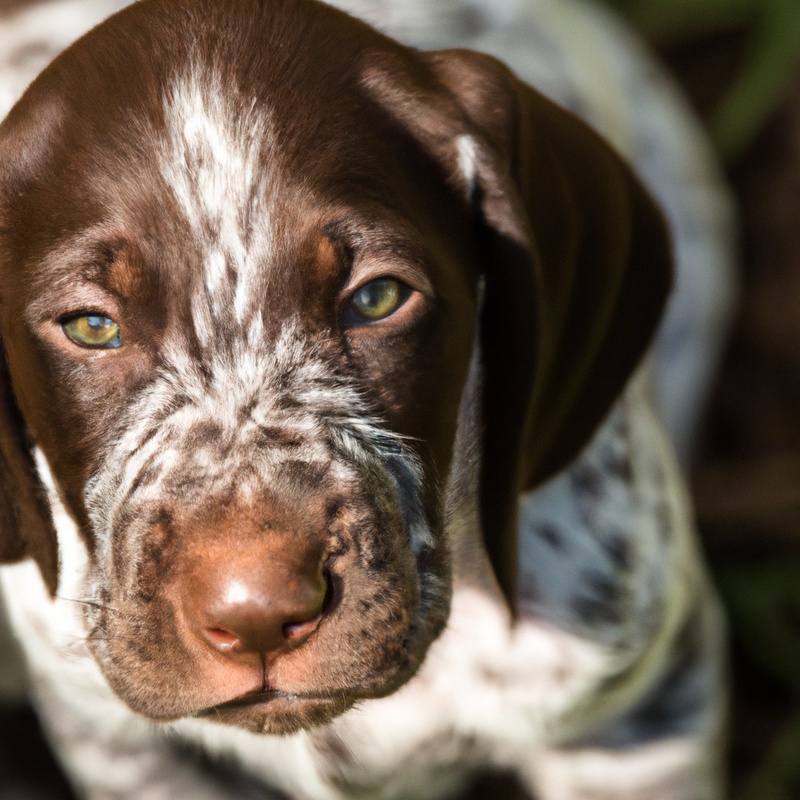
Temperament of German Shorthaired Pointers
German Shorthaired Pointers have a friendly and outgoing temperament. They are known for being energetic, intelligent, and eager to please.
These dogs are generally good with other pets, including ferrets or hamsters, as long as they are properly socialized and introduced.
They have a natural prey drive, which means they may be curious about smaller animals, but with proper training, they can learn to coexist peacefully. It’s important to supervise interactions between German Shorthaired Pointers and smaller pets to ensure everyone’s safety.
German Shorthaired Pointers are great companions and can get along well with other pets when given the right guidance.
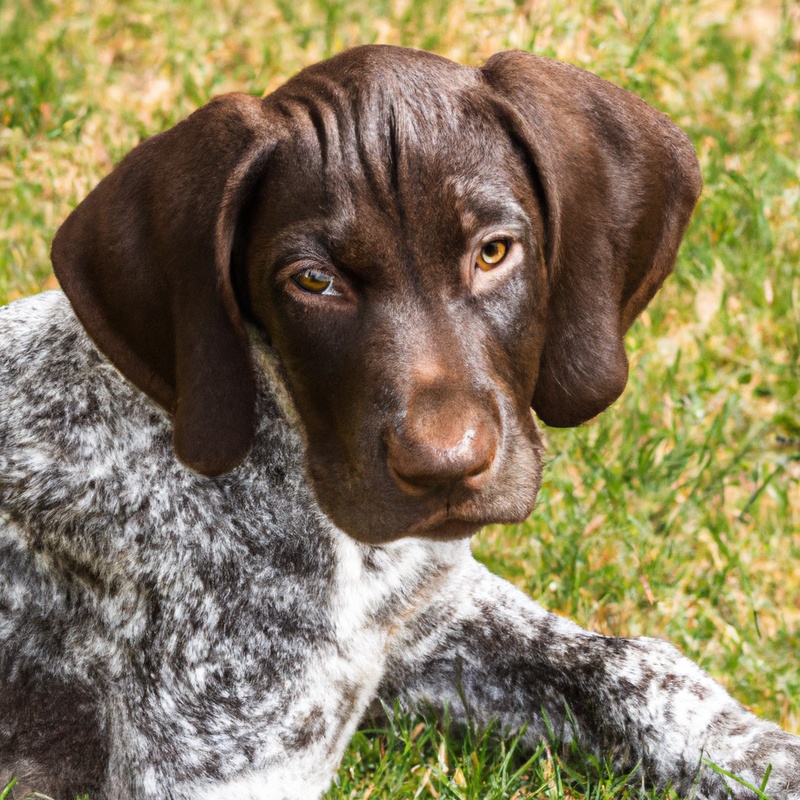
Considerations for Introducing German Shorthaired Pointers to Other Pets
When introducing German Shorthaired Pointers to other pets, there are a few important things to consider. First, it’s crucial to assess the temperament and socialization of both the GSP and the other pet.
This can give you an idea of how they are likely to interact and whether they will get along.
Secondly, gradual introductions are key. Start by allowing them to sniff each other through a door or gate, gradually progressing to short supervised interactions.
Keep a close eye on their body language and be ready to intervene if necessary.
Thirdly, proper training and socialization for your GSP is essential. Teaching them basic obedience commands and ensuring they are well-socialized can help minimize any potential issues.
Finally, remember that each pet is unique, and there may be individual variations in compatibility.
Always monitor their interactions closely and be prepared to seek professional advice if needed.
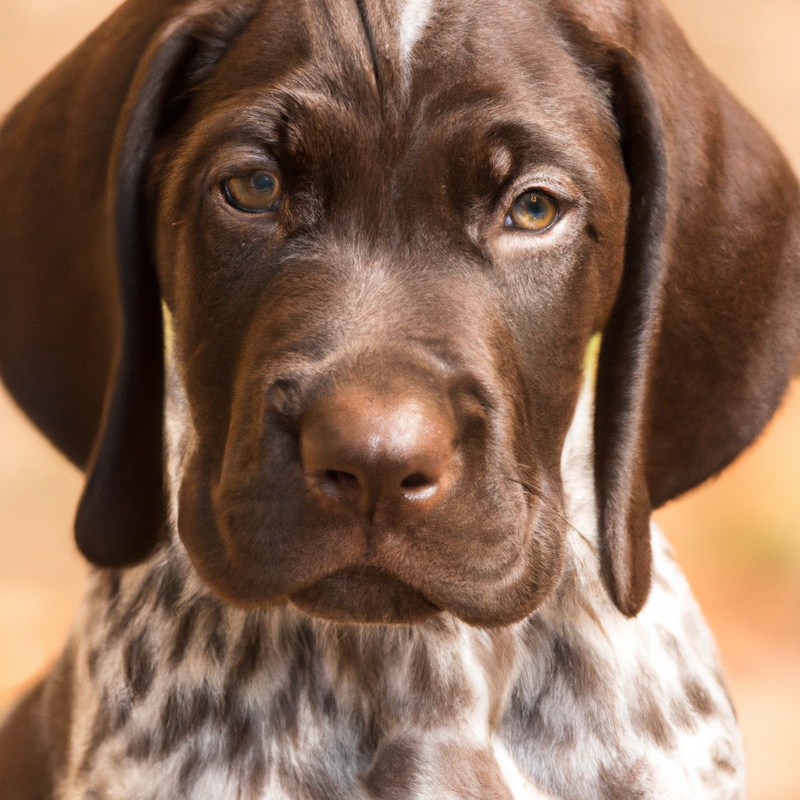
German Shorthaired Pointers and Small Animals: What to Expect
German Shorthaired Pointers and Ferrets
German Shorthaired Pointers and Ferrets can have a mixed relationship. Some German Shorthaired Pointers may see ferrets as prey due to their strong hunting instincts.
It’s important to introduce them slowly and carefully, always supervising their interactions.
Giving them separate living spaces is usually the safest option. However, some German Shorthaired Pointers can coexist peacefully with ferrets with proper training and socialization.
So, it ultimately depends on the individual personalities and temperaments of both animals.
Patience and caution are the keys to successful integration.
Introduction to Ferrets as Pets
Ferrets make unique and fascinating pets. They are small, cute, and full of energy.
First and foremost, ferrets are highly social creatures and crave human interaction.
They form strong bonds with their owners and enjoy being part of the family. Ferrets are known for their playful and mischievous nature.
They love exploring their surroundings, so it’s important to provide them with a safe and stimulating environment.
This means ferret-proofing your home and providing plenty of toys and enrichment activities. When it comes to care, ferrets require a balanced diet consisting mainly of high-quality dry ferret food.
They also need plenty of fresh water and occasional treats.
Regular exercise is crucial for their well-being, as they are active animals. Giving them opportunities to run and play will keep them happy and healthy.
Another important aspect of ferret ownership is routine veterinary care.
Ferrets can be prone to certain health issues, such as adrenal disease and insulinoma. Regular check-ups and vaccinations are essential to ensure their long-term health and well-being.
Compatibility between German Shorthaired Pointers and Ferrets
German Shorthaired Pointers and ferrets can have a compatible relationship, but it depends on the individual animals and their upbringing. Supervised introductions and gradual acclimation are crucial for a positive outcome.
German Shorthaired Pointers have a strong prey drive, so proper training and socialization from an early age is important.
It’s also essential to provide separate spaces for the ferret and the dog to retreat to if needed.
Tips for Introducing German Shorthaired Pointers to Ferrets
When introducing a German Shorthaired Pointer to a ferret, it’s important to take a few steps to ensure a smooth transition. First and foremost, always supervise their initial interactions closely.
Keep both pets on a leash or in separate cages to prevent any accidents or injuries.
Gradually introduce them in a neutral and controlled environment, allowing them to sniff and observe each other from a safe distance. Be patient, as it may take time for them to get comfortable with each other’s presence.
Rewards and positive reinforcement can also help to create a positive association between the two animals.
German Shorthaired Pointers and Hamsters
German Shorthaired Pointers and Hamsters German Shorthaired Pointers are active and energetic dogs, known for their hunting abilities and high prey drive. When it comes to keeping them with small animals like hamsters, caution is advised.
The strong instinct to chase and hunt may pose a risk to the safety of the hamster.
It is important to remember that every dog is different, and some German Shorthaired Pointers might be able to coexist peacefully with hamsters with proper training and supervision. However, it is crucial to prioritize the safety of the smaller pet and ensure that they are kept in separate secure environments.
Introduction to Hamsters as Pets
Hamsters make adorable and low-maintenance pets, perfect for those who have limited space or are new to pet ownership. These small rodents are known for their fluffy cheeks, twitching noses, and curious nature.
Hamsters are mainly active at night, which makes them great for people with busy daytime schedules.
They are relatively easy to care for, requiring a small cage, bedding, fresh water, and a balanced diet of hamster pellets, fresh fruits, and vegetables. Hamsters are generally solitary animals and may become agitated if housed with other hamsters.
They thrive in a calm and quiet environment, so it’s important to provide them with plenty of hiding spots and exercise opportunities using hamster wheels and tunnels.
With proper care and attention, hamsters can bring joy and companionship to your life.
Compatibility between German Shorthaired Pointers and Hamsters
German Shorthaired Pointers and hamsters may not be the best match as pets. Due to their hunting instincts, German Shorthaired Pointers have a strong prey drive and might see hamsters as small animals to chase.
This could lead to potential harm or stress for the hamster.
It is important to prioritize the safety of both pets and consider alternative options if you are looking to keep them together in the same household.
Tips for Introducing German Shorthaired Pointers to Hamsters
When introducing a German Shorthaired Pointer to a hamster, there are a few tips to keep in mind. First and foremost, always supervise their interactions closely.
These two animals have different instincts and temperaments, so it’s crucial to ensure the safety of both.
One tip is to start with brief, controlled introductions. Let the hamster explore its habitat while the German Shorthaired Pointer is on a leash or behind a gate.
This way, they can observe each other without direct contact.
Another tip is to use positive reinforcement. Reward your German Shorthaired Pointer with treats and praise when they exhibit calm behavior around the hamster.
This helps them associate positive experiences with the presence of the smaller pet.
Gradual and patient introductions are key. Increase the duration and proximity of their interactions over time, always observing their reactions.
If either animal shows signs of stress, fear, or aggression, separate them immediately and consult a professional trainer or behaviorist.
Creating a Harmonious Multi-Pet Household
Preparing Your Home for Multiple Pets
Preparing your home for multiple pets is an important step in ensuring a smooth and harmonious living environment for all your furry friends. Here are a few tips to help you get started:
- Set up separate spaces: Each pet should have their own designated area to eat, sleep, and play. This not only gives them their own personal space but also helps prevent territorial disputes among them.
- Provide plenty of resources: Make sure there are enough food and water bowls, litter boxes, scratching posts, and toys for all your pets. This avoids competition and reduces the likelihood of conflicts.
- Create safe zones: If you have pets that don’t get along well, consider creating safe zones where they can retreat to when they need a break. Baby gates or pet doors can be useful in separating different areas of your home.
- Remove hazards: Take a careful look around your home and eliminate any potential hazards like toxic plants, dangling cords, or small objects that can be swallowed. This helps keep all your pets safe from harm.
- Introduce gradually: When introducing a new pet to your home, do it gradually and under supervision. This helps prevent overwhelming your existing pets and gives them time to adjust to the newcomer.
Proper Introductions and Supervision
Proper introductions and supervision are key when bringing new pets into your household. First and foremost, it’s essential to introduce the animals in a controlled and neutral environment.
This can minimize territorial behavior and aggression.
Take it slow and give them time to get used to each other’s scent and presence. When it comes to supervision, never leave the animals unsupervised until you are confident in their interactions.
Keep a close eye on their body language and behavior.
If any signs of hostility or discomfort arise, separate them immediately.
Training and Socialization for German Shorthaired Pointers and Other Pets
Training and socialization are vital for German Shorthaired Pointers and other pets to live harmoniously together. Whether it’s another dog, a cat, or a smaller pet like a hamster or a ferret, the key is to introduce them gradually and carefully.
Start by teaching your German Shorthaired Pointer basic obedience commands such as sit, stay, and come.
Then, gradually expose them to the presence and scent of the other pets while providing positive reinforcement. Supervise all interactions and reward calm and respectful behavior.
Signs of Compatibility and Incompatibility
When considering bringing a German Shorthaired Pointer into a multi-pet household, it’s important to understand the signs of compatibility and incompatibility between different pets. Here are some indicators to look out for:
- Body language: Watch how your German Shorthaired Pointer and other pets interact. Positive signs include relaxed body postures, wagging tails, and playful behavior. On the other hand, signs of tension or aggression, such as raised fur, growling, or hissing, may indicate incompatibility.
- Response to scent: Pay attention to how your German Shorthaired Pointer reacts to the scent of other pets in the house. If they show curiosity or indifference, it’s a good sign. However, signs of fear, excessive marking, or aggression in response to the scent may indicate incompatibility.
- Energy level: Consider the energy levels of your German Shorthaired Pointer and other pets. If they match or are similar, it can contribute to compatibility. For instance, if your Pointer has a high energy level and your other pets are more laid-back, it may result in a mismatch and potential conflicts.
- Prey drive: German Shorthaired Pointers have a strong prey drive, which can be challenging when introducing them to small pets like ferrets or hamsters. It’s crucial to carefully supervise their interactions and ensure the safety of all animals involved.
Alternative Pets for German Shorthaired Pointers
German Shorthaired Pointers as the Sole Pet
When it comes to German Shorthaired Pointers as the sole pet, there are a few crucial aspects to consider. First and foremost, these dogs thrive on human companionship and require lots of attention.
They may feel lonely or bored if left alone for long periods of time.
German Shorthaired Pointers are known for their friendly nature and are generally good with children. However, they have a strong prey drive, so it’s important to supervise them around smaller animals like cats, rabbits, or birds.
These dogs have a hunting instinct and may chase or harm smaller pets.
If you are considering a German Shorthaired Pointer as your only pet, make sure you have enough time to spend with them and provide plenty of mental and physical stimulation. They need regular exercise and mental challenges to keep them happy and well-adjusted.
German Shorthaired Pointers and Cats
German Shorthaired Pointers and cats can get along well if they are properly introduced and socialized. It’s important to note that individual personalities and temperaments can play a big role in their compatibility.
The key is to introduce them slowly and supervise their interactions until they become comfortable with each other.
Providing separate spaces and hiding spots for each pet can help alleviate any potential conflicts. Additionally, positive reinforcement training and consistent supervision will help ensure a harmonious relationship between your German Shorthaired Pointer and your cat.
German Shorthaired Pointers and Birds
German Shorthaired Pointers generally have a strong hunting instinct, which can make them incompatible with having pet birds in the same household. While every dog is unique, the breed’s natural prey drive may cause them to see birds as something to chase or hunt.
This could potentially put the birds at risk.
It’s important to consider this aspect before introducing a German Shorthaired Pointer to a home with pet birds.
German Shorthaired Pointers and Reptiles
German Shorthaired Pointers and Reptiles German Shorthaired Pointers, known for their high energy and hunting instincts, may not be the best fit for households with reptiles as pets. These dogs have a natural prey drive and may view small reptiles, such as lizards or snakes, as potential prey.
Their hunting instinct, coupled with their strong prey drive, can make it challenging to keep reptiles in the same household.
It’s essential to prioritize the safety of both pets and ensure that they are properly supervised when in close proximity to each other. Given their natural instincts, it is crucial to consider the potential risks and carefully assess whether it is feasible to keep German Shorthaired Pointers and reptiles together in the same household.
It may be in the best interest of both pets to explore alternative pet options for German Shorthaired Pointers or consider separate living arrangements to ensure the well-being of all involved.
Final Verdict
German Shorthaired Pointers can indeed live harmoniously with other pets like ferrets or hamsters. Through proper introductions, training, and supervision, these versatile dogs can adapt to a multi-pet household.
While some caution is necessary, their friendly and social nature makes them more likely to get along with other animals.
However, it is important to consider the specific needs and temperaments of each pet and to prioritize their safety and well-being. With the right approach, a multi-pet household with a German Shorthaired Pointer can be a rewarding and enriching experience.
Trust the expertise and insights provided in this article to help you navigate and create a pet-friendly environment for your furry friends.

